Suzie Mason's First Year at Bright!
last updated 11 October 2018
](https://bright-site-production.s3.eu-west-2.amazonaws.com/post_images/1540/file-1540--original.png?X-Amz-Algorithm=AWS4-HMAC-SHA256&X-Amz-Credential=AKIAZIH6NIUHL6COTE6N%2F20240419%2Feu-west-2%2Fs3%2Faws4_request&X-Amz-Date=20240419T222920Z&X-Amz-Expires=3600&X-Amz-SignedHeaders=host&X-Amz-Signature=578d7aee552e035c400802e70e0376780e65f7c0c6b69ed009369376df8cd49c)
How has your first year with Bright been?
In a word, amazing. I know how tough the industry is and how many wonderful artists are already out there doing beautiful work, so I deliberately ensured that I kept my expectations realistic and hoped for maybe one or two projects in my first year so that I could start building my professional body of work. I was pretty blown away when I was offered a run of six educational books in the first month, and I was really excited to get my teeth into multiple projects. But nothing could compare to getting to work with HarperCollins, specificially art director Chelsea Donaldson who was responsible for the project coming together! It was a dream come true, and one that also allowed me to take the plunge and quit my job to work as an artist full time, which was always something that I wanted but assumed I would have to wait years to do. Now I’ve worked on over ten books and I have to keep pinching myself to make myself believe that this is really my career, now. I’ve been incredibly lucky and am so grateful to Bright.
Your artwork was recently featured in I’ve Loved You Since Forever, a picture book by The Today Show’s Hoda Kotb. What was that like?
A few weeks after signing on with Bright I had secured multiple educational books, and I was beaming. I was still working four days a week in data management so I was busy working out my schedule so that I would be able to meet all the book deadlines successfully, when James called to tell me that I had been shortlisted for a celebrity book, and asking if I would do some trial art for HarperCollins. I was stunned - in my wildest hopes I hadn’t considered that as an option, and I honestly thought that I was far too new and unknown to get put forward for any projects like this. I nervously sent over an illustration for consideration, and shortly after I heard that I had got the project. Words can’t describe how utterly amazing that felt! I quickly realised that I wouldn’t be able to do this book and continue working, so I took a deep breath, handed in my notice and jumped headfirst into being a full time illustrator.
Hoda was fantastic and, lovely human that she is, had relatively few changes that she wanted to see in the final artwork, so we were able to bring the book in just a few weeks over the initial deadline.

Hoda Kotb sharing I’ve Loved You Since Foreveron The Today Show.
Watching the book launch the following March was very surreal! There was an animation, celebrities read it on tv, I saw photos of Hoda doing book signings with my illustrations decorating the walls. To be honest, it all still feels like it happened to someone else! I have a set of the books on my bookshelf and a little plaque that HarperCollins sent to celebrate it getting to Number 1 on the NYT Bestseller list, and I can’t believe that it’s my work and that I got to help make this book. In terms of my career I feel like it’s given me a great confidence boost - if ever I start getting a bit of imposter syndrome I can look at those and remember that I did something that I am proud of and that people liked.

A spread from the book.
Had you worked professionally prior to joining Bright?
In art, not at all. My education is actually in the sciences, and in the ten years since graduation I’ve had jobs in event management, conferencing, scientific research and data management. I think my alternative route was quite helpful for me in terms of development outside of my artistic skills. I’ve had a lot of client management experience, and I was doing individual illustration commissions in my free time, so I’m comfortable dealing with the professional and administrative side of illustration. I’m also more used to team working than working freelance so I feel like I bring that attitude to my current work - whilst I may be doing the artwork, I know I’m part of a much bigger team that is producing the books so I’m aware of needing to collaborate closely and do what I can to make everyone else’s lives easier and make their jobs go smoothly. My jobs in the service industry have deeply ingrained a customer service attitude in me - I want people to like the end artwork, but it’s also very important to me that the project as a whole is successful, too. My life motto is ‘work hard and be nice to people’, and I hope that I live by that in my work.

Suzie on graduation day!
Was there a moment that you wanted to get an agent? Have you always wanted one?
I never really knew that much about the illustration industry, but as soon as I discovered that there was such a thing as an art agent, I wanted one. I know that my skills don’t lie in finding work - I’m not a hustler unfortunately! - but I still wanted the opportunity to get the kind of bigger-scale projects that I wanted to work on. The more I read about agencies, the more it made sense to me. They were exactly what I needed - someone to find the clients, to promote my work, and to provide a strong support system, allowing me to do more of the art that I wanted.
What advice could you give to other artists that are thinking about getting an agent?
I did quite a lot of research about agencies when I was looking into it - what do they look for? Who do they want? How do I put together the best portfolio? It was surprisingly hard to find anything concrete, and I think I read every blog post about the subject that’s on the internet. I was left with the overall conclusion that, much like finding a traditional job, it’s about the best match for both you and the agency, and there isn’t one formula that’s going to determine that. If you get rejected (and it’s likely you will, I certainly did) it will be down to a whole host of factors, many of which have absolutely nothing to do with your skills as an artist. Not getting the job doesn’t mean that you aren’t good at your work, just that you aren’t the right candidate at that time.
In this case, the portfolio you send is your interview, so you have to balance what you think they want to see with accurately representing who you are. I ummed and aahed about my choices quite a lot (how can you show who you are as an artist in 10-12 pictures? It’s very difficult!) but in the end, it was important to me that the work I sent was my favourite, because that’s who I am. I wanted to be chosen based on the work I felt proudest of. As for some generic tips, they would be:
- Research the agency and what artists they already represent, which will tell you about whether you would be the right fit for them. Despite the numerous agencies out there, there were only around five that I felt could be right for me.
- Double check that you’re sending your portfolio to the right place, addressed to the right person, and in the right file format, with the right number of images. Agencies don’t have time to mess around!
- Be professional and friendly. Professionalism won’t get you a place but not being professional might lose you one.
- Trust your gut. There are different schools of thought that say you should only show one cohesive style of art, others that say you should show a wide variety to prove you can be versatile, and I don’t think either is wrong. If you are proud of your versatility and you want to show that off, send a variety. - If you love one style best and that’s what you want to do, send that one. You don’t, and can’t, know what the agencies are looking for, so just send something that makes you proud, it’s all you can do.

How did you find out about the Bright Agency?
I found Bright through Twitter. It felt like every time I came across a great artist and had a look at their profile, they were represented by Bright! After lurking around the twitter illustration circles for a year or two I had also got a pretty good idea of which agencies artists were happiest at - they thanked them publicly, shouted their praises, and were constantly sharing their new projects and successes. There are lots of great agencies out there but every time I saw something that made me think ‘I want to be doing that’, it was Bright.
What advice could you give to other graduates? What are your highlights from this year? Things you have found harder? Things you didn’t expect?
I think I’ve found the constant new-ness of everything to be the hardest. I like to be professional and want clients who work with me to feel like they are dealing with someone competent and qualified who they can trust to get the job done well, so admitting when I just don’t know something always makes me feel very new and green! I’ve been lucky to work with multiple publishers so far, so I’ve had my fair share of acronyms, working styles, expectations and work flows to manage. When it comes down to it though it’s always just about people - trying to reply to emails quickly, being helpful, friendly and courteous, and always doing my best to hit deadlines or manage expectations if I know I’m not going to. After a year I feel like I’m just about starting to find my feet, but I don’t even know what I don’t know yet!
I wasn’t sure about how I was going to find working from home on my own. I’d read very mixed reviews from other artists and was a bit apprehensive about it. Luckily for me, I love it; I find the peace to be able to set my own schedule and take breaks as I need them and be beholden to myself wonderful. However, I have had to adapt and learn new ways to cope with issues I didn’t even know about, such as exercising with weights to help with sitting still and gripping a drawing pen all day, and creating a routine to ensure that I don’t become a hermit who works exclusively in her dressing gown.
My greatest success is every time I submit the final artwork and get approval from the client. There’s nothing better than that, for me, other than holding the final book in your hands!

Now about your work:
What’s your creative technique and where do you normally begin on the page? As in do you start with the people and follow with all the scenery and detail?
For professional client work, I start with sketches and work closely to those for the final art. I usually set the scene with the landscape, making sure the proportions and shapes nicely frame where the characters are going to be, and then add in my characters. For close-ups and covers it can be the other way around; the characters are drawn first and are then framed into the landscapes or have the landscape built around them. For personal work, I go without a sketch - I follow my nose and see where the art takes me. It can be a lot more dithery and take a lot longer to reach something that I’m happy with since I haven’t taken the time to plan anything out - and it can truly look like a total hot mess in the middle. But the end results can be magical, and something that I never could have pre-planned. I like the spontaneity and unpredictable nature of the results, and I can often pull things I’ve learned through creating them back into my professional work.
How did you develop your style?
I think a lot of my more recognizable style came from learning digital art on Procreate on an iPad at first. I downloaded the app for fun and wasn’t really learning with any aims in mind, I just wanted to make something that I liked. I didn’t have a stylus, just my finger, so I wasn’t hugely accurate and instead of precise, detailed work like I would have done with pencil on paper, I had to work with large blocks of shapes. I loved the look of vector art, but didn’t actually like making vector art, so a lot of my early work emulates that very clean-edged blocks style with lots of superimposed textures, something I still employ in many of my pieces. Now that I work in Photoshop, I’m obsessed with masks! It’s masks all the way down.
For several years I drew at least one portrait a day on reddit so I got to try out a huge variety of different styles and pens and colour schemes. It was interesting seeing which pieces and styles of mine other people liked, and that feedback was helpful in shaping a direction for improvement. Doing art so quickly and repeatedly also made me less precious about each piece and less afraid to try things out, even if they failed. In addition I did a lot of artist studies, and I learned a great deal from illustrators such as Andrew Bannecker, Tadahiro Uesugi and Pascal Campion whose work I think is incredible. I don’t know how much of their influences is visibly recognisable in my art to others, but I can see it everywhere.
I still don’t know what I consider ‘my style’ to be, and my portfolio reflects that. There are definitely more popular styles that clients ask for above others, but I don’t think I’ll ever be an artist that produces and perfects one thing, my artistic eye wanders too much for that!
What mediums do you prefer to work in, and where do you create your work?
I started in procreate but moved to Photoshop when I finally started to feel restricted by procreate’s limitations, and now I’m Photoshop for life, although I do enjoy dabbling in pencil and watercolour on occasion for fun. I love the freedom of drawing tablets so I use a Wacom which is one of the most precious things I own. When I went freelance I assumed I would set up a desk somewhere in the house, and that’s still the dream, but since I learned art in the evenings in my spare time I was always curled up on the sofa, balancing my drawing tablet on my knee, so that’s where I often end up nowadays too! It’s so bad for my back and I keep saying I’ll change, but that’s yet to happen.

Suzie working at home.
What are your inspirations? And your aspirations?
For my landscape illustrations, my inspirations are nature photography. I have a massive pinterest folder filled with beautiful photos people have taken of mountains and sunsets and forests. I like studying them to find out what makes them beautiful to me, and then trying to recreate that beauty in an illustration I’m working on. It’s often something subtle like the colour of the lighting or the soft way a mist sits or the precise blue of a shadow which I wouldn’t be able to create from imagination, but allows me to turn the picture I’m drawing from something pretty to something that sparks a little bit of magic for me. I also adore extremely stylised illustrations, and I’m constantly struggling to find the balance between realism and stylisation. It’s easier for me to fall into making something extremely realistic, but that’s not actually the kind of art that makes me happy to make, so I have to keep reevaluating my work to see if there’s a more interesting or more unusual way I could represent something.
What resources could you share with other artists starting out that they may find useful?
Most of my learning has been through trial and error, and looking at my own work to figure out what it is that I like and don’t like about it, and changing it accordingly. I did a few courses on skillshare to learn some bits about Photoshop and illustration that I found helpful, but I found it really hard to learn from books or youtube videos. Mostly it’s been about constantly looking at things I find pretty, shapes that please me, and colour schemes that people have used that I love, and finding how to incorporate that into things I make for myself. I can’t recommend master studies enough for learning about a piece of art you love from the inside out by attempting to recreate it. You’ll learn more than you could hope.
Has your work developed and got stronger since working professionally and with an agent?
My art range has got a lot wider since signing on with Bright - my stylized pieces are more stylized and my detailed pieces are more detailed. I recently made some work that I stood back from and went ‘wow, a year ago I wouldn’t have thought I could have drawn this’, so that’s nice! I also feel much more in control of the work I make for clients, so that I am in charge of the artwork and it’s not in charge of me. Although, there’s still the odd piece that gets away from me and requires a lot more time and effort to wrestle back into what I want it to become.

Has your confidence effected your work?
Whilst I don’t usually feel the extreme nervous trepidation I did on starting client work as when I first turned professional anymore, I wouldn’t say that I’m particularly confident either. I always do my best but sending the first draft of a final piece of artwork is never not scary; I don’t know if they’re going to love it or need it entirely revised. I can make work that I love but if it isn’t quite what the clients are looking for then it’s no good for the project. So there’s always a sense that it’s a collaboration, and it’s not just my opinion that counts. Nowadays though I am confident that we will always reach a final piece of art that we both love!
What advice do you have for illustrators who are currently attending school?
While I was learning art the best piece of advice I heard was ‘you can’t succeed if you quit’. There are lots of incredible artists I’ve come to know and while some continued, others stopped for a variety of reasons. I determined that I just wasn’t going to quit. The odds of success might be 1%, but if you quit it’s 0%. I’m not the most naturally talented artist but simply staying in the race gives me an advantage over artistic geniuses who stop.
The other piece of advice is, do art that makes you happy. I have no formal art training above high school art, and I know that there’s a huge amount of learning that I’ve missed out on. When I read art blogs it’s crazy how much I still want to learn. But what I do have is a deep enjoyment of making art that I think overcomes any issues I might stumble at in my lighting or proportions or values. I would much rather make art that makes me happy and that needs improvement than make art that is technically superior but that is solely for the benefit and approval of others. Your own enjoyment of your work shines through, so follow your heart.
To see more of Suzie’s work, see her full portfolio on the Bright website here.
To work with Suzie, reach out to her agent, James Burns.
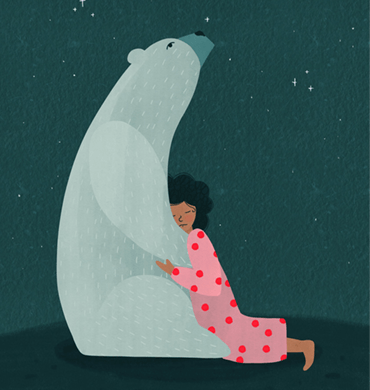 How we work
How we work
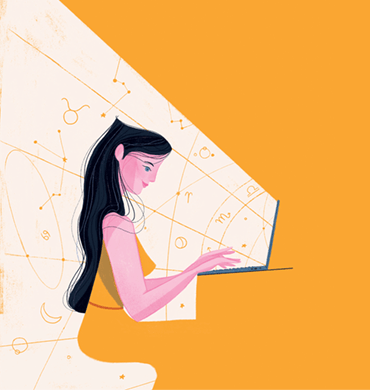 What we do
What we do
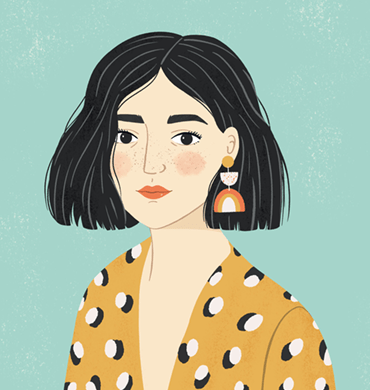 Meet the team
Meet the team
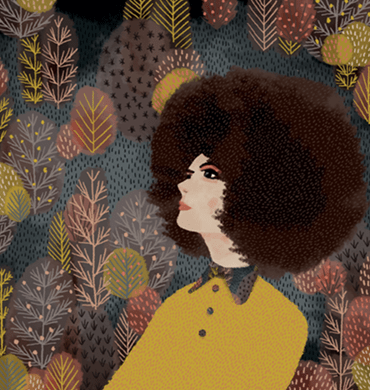 Artists
Artists
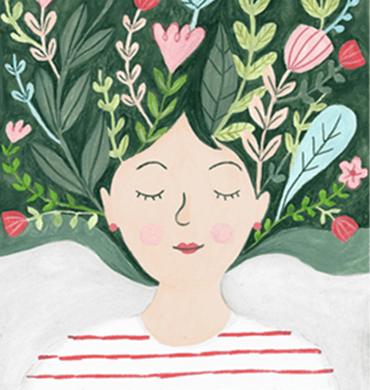 Agents
Agents
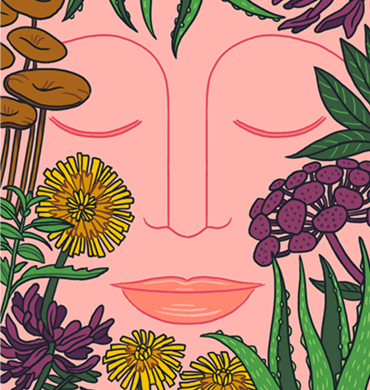 Collections
Collections
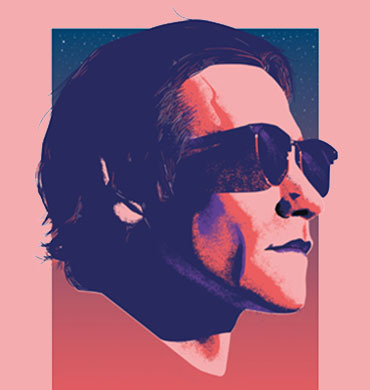 Submissions
Submissions
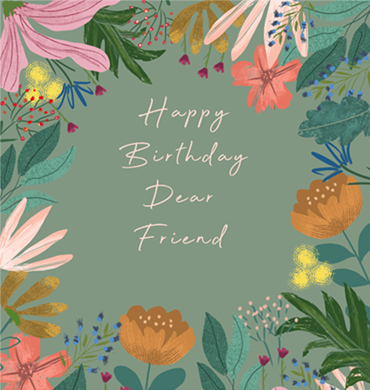 Artists
Artists
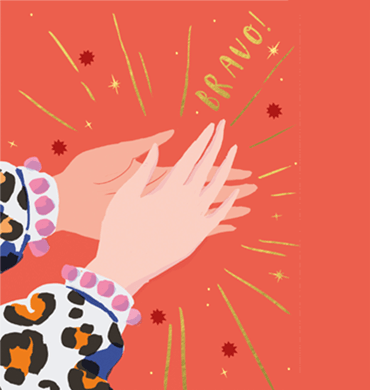 Agents
Agents
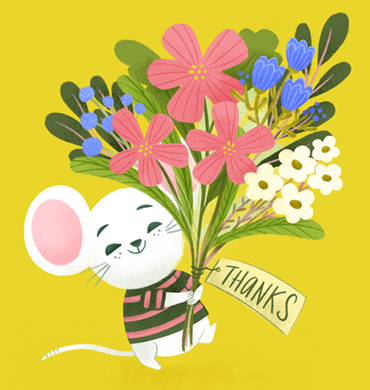 Collections
Collections
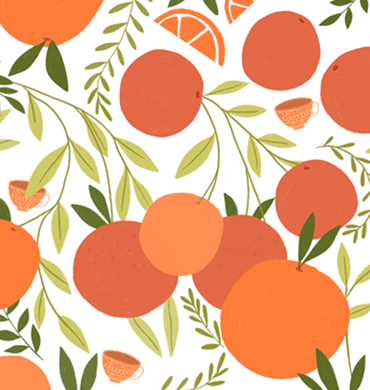 Submissions
Submissions
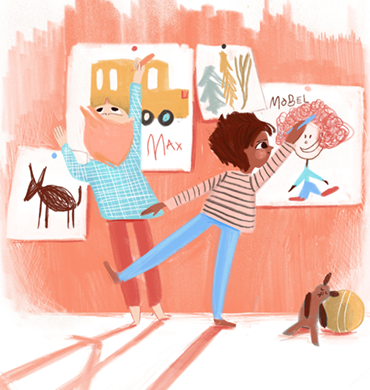 Authors
Authors
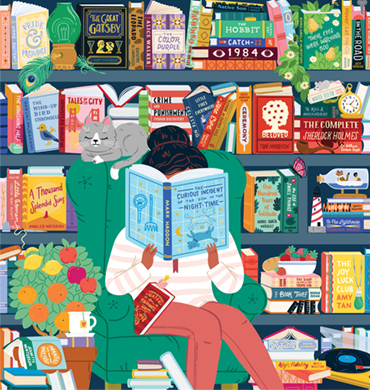 Artists
Artists
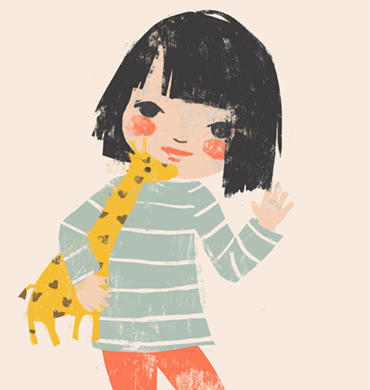 Agents
Agents
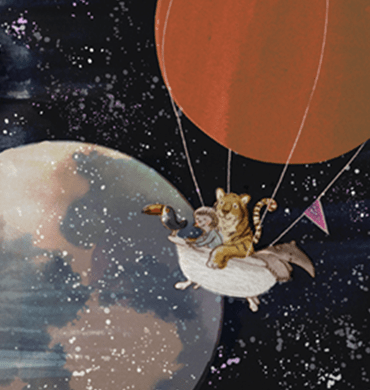 Collections
Collections
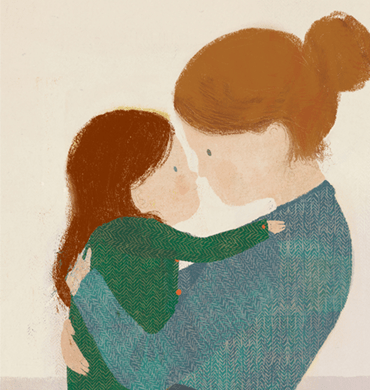 Submissions
Submissions
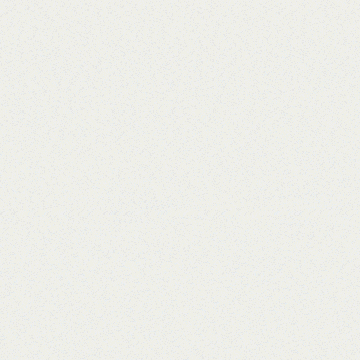 Animators
Animators
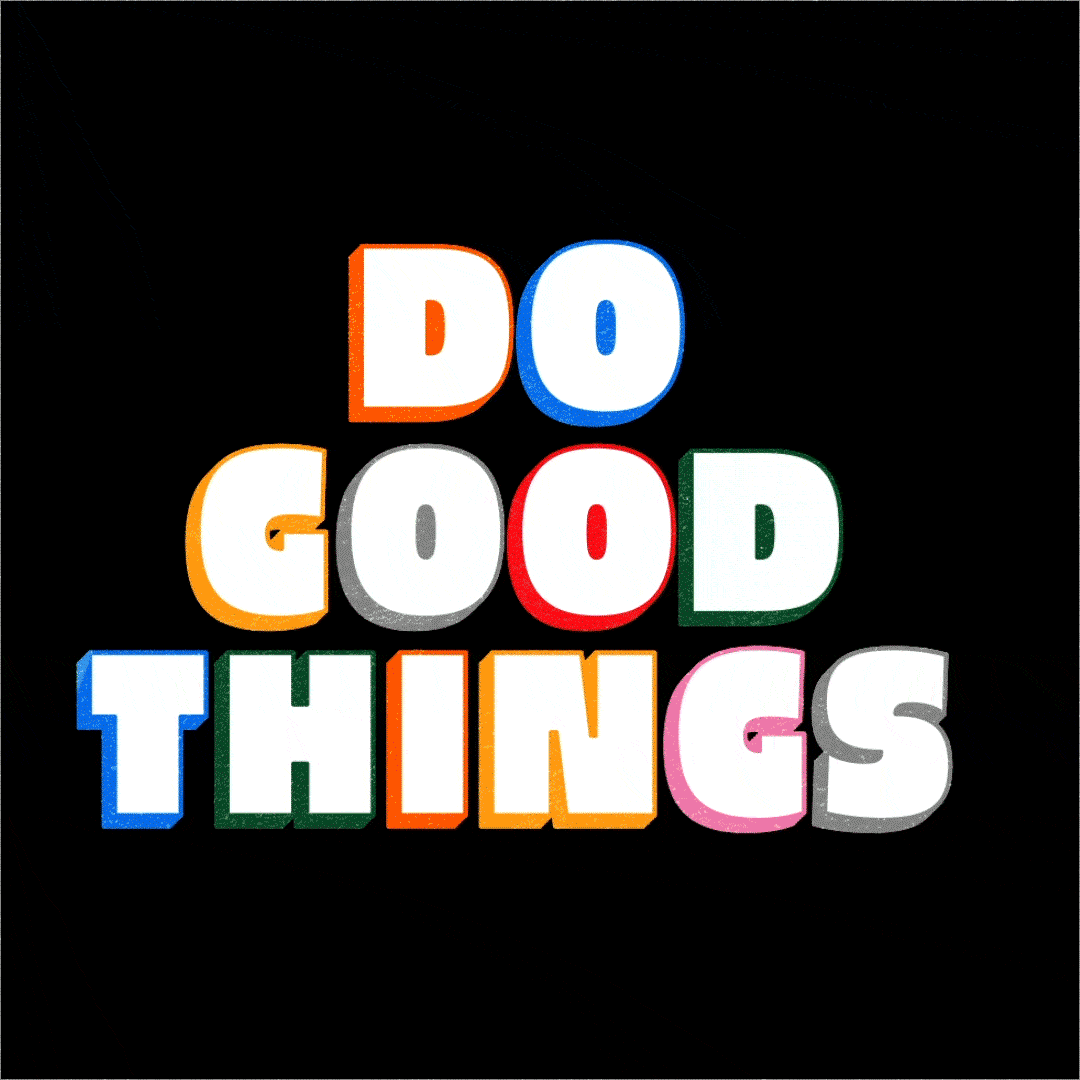 Agents
Agents
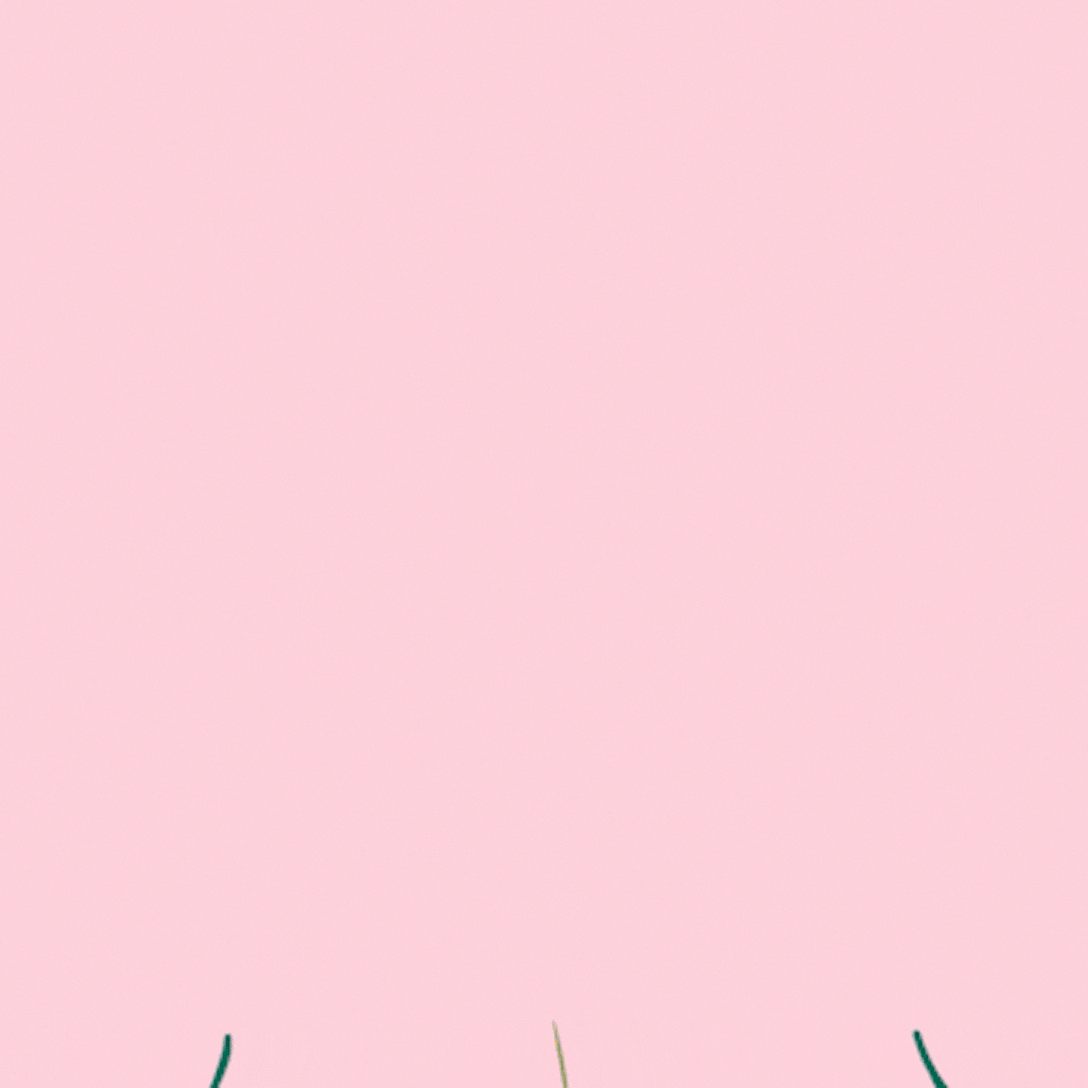 Collections
Collections
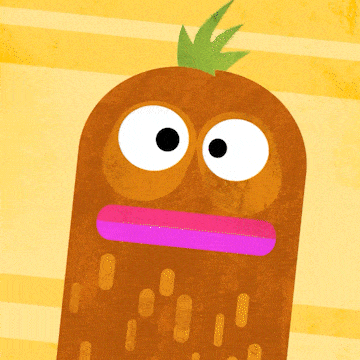 Submissions
Submissions
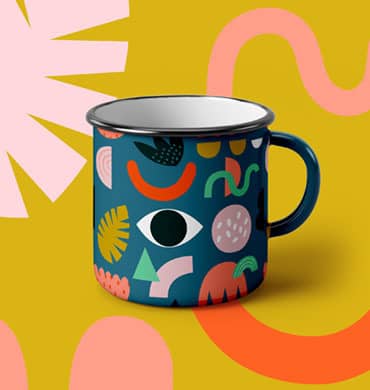 About
About
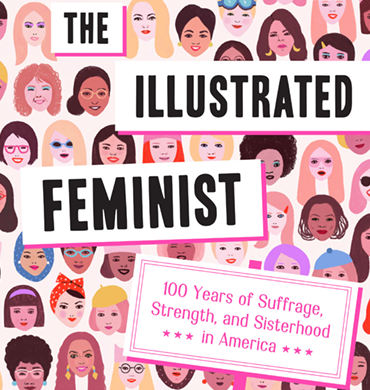 Authors
Authors
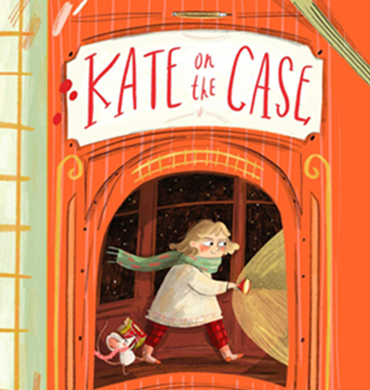 About
About
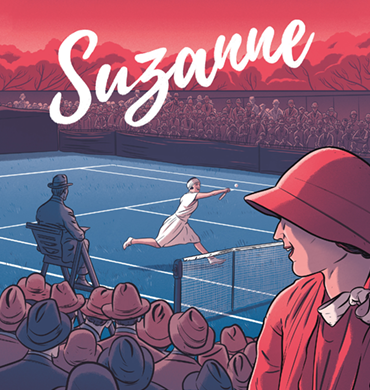 Submissions
Submissions
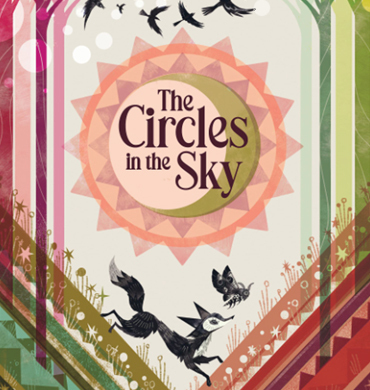 Blog
Blog